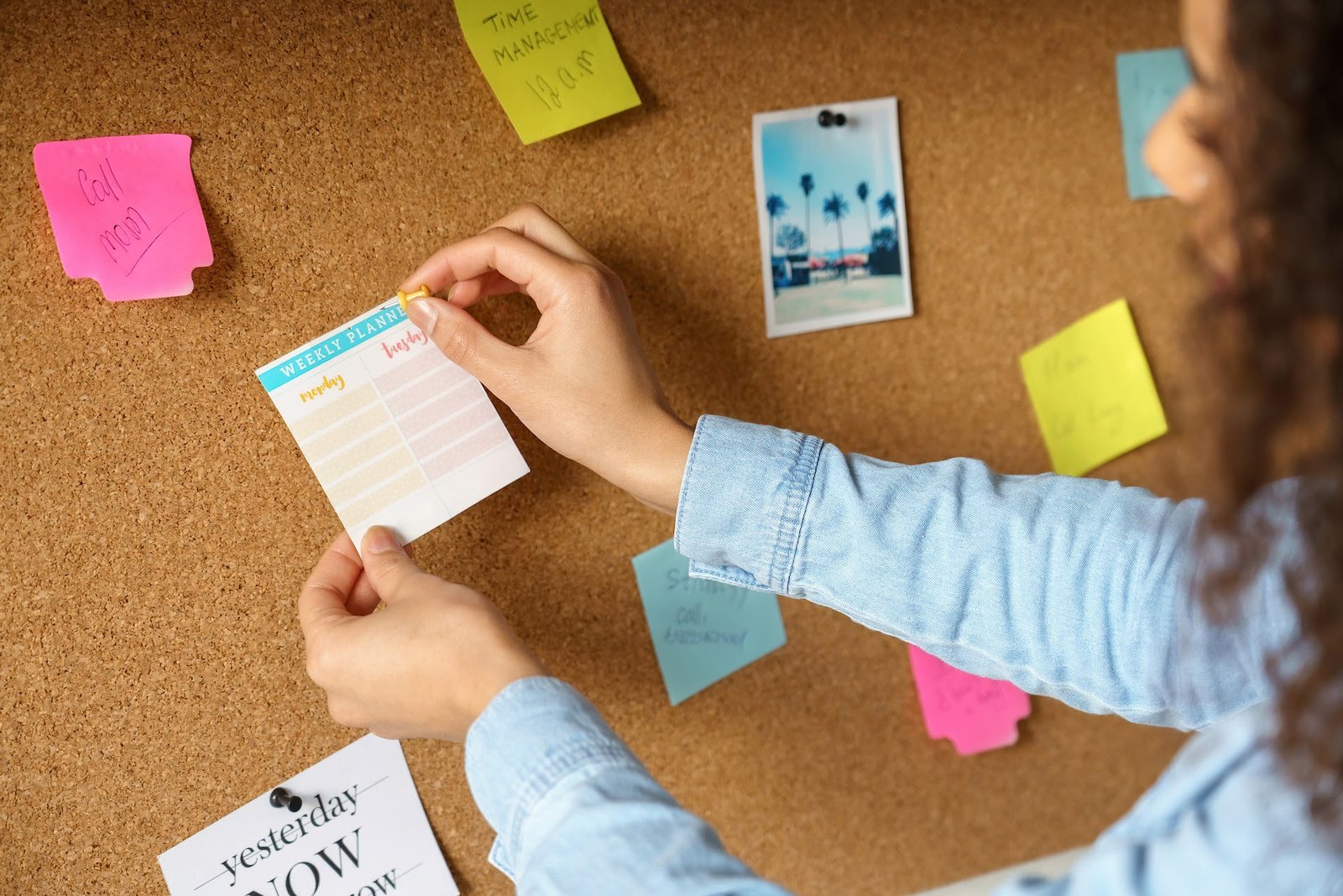🖨️ Why printed materials are easier to remember, revisit, and retain
When the Page Matters More Than the Ping
In these technological times, who has the attention span for boring old pages when dynamic screens are so fast, sleek, and convenient? Most of us, if asked, would say we learn better on a digital device, that this is how our brains work now. But we’d be wrong!
True Story: when researchers tested student performance after reading the same material in digital and print formats, they found that students who read on paper consistently scored higher—even when they said they preferred screens.
Seems our brains are programmed for print, after all.
Whether it’s a flyer on your fridge, a newsletter folded in your bag, or a handwritten note you keep for years, printed materials have a way of sticking around. Both physically and mentally.
The Science of Stickiness
Multiple studies confirm what many of us already feel: print creates stronger memory traces than digital.
Landmark research by Temple University and the USPS showed participants who interacted with printed materials showed higher emotional engagement and stronger recall compared to those who viewed the same content digitally. fMRI brain scans revealed deeper activity in areas associated with memory and valuation.
🧠 Print Goes Beyond Recall
And in some cases, print doesn’t just help us remember—it can actually shape memory itself.
A 2011 neuroscience study found that vivid printed materials are so powerful, they can be used to create false memories. People shown realistic print ads for a nonexistent popcorn brand later claimed to remember what it tasted like.
That’s how deep print goes: it doesn’t just lodge in our brain—it builds narratives we carry with us and share in our circles.
Additional research shows that:
- Print is easier to absorb—participants processed it with less cognitive effort
- Print leads to better recall over time
- Physical interaction (turning pages, underlining, folding, etc.) enhances retention and emotional weight
Why That Matters for Outreach
When your goal is to inform, inspire, or activate people, you want your message to last longer than a scroll.
Digital content is fast—but also fleeting. It gets buried by algorithms, dismissed with a swipe, or closed in a tab that’s never revisited.
Print, by contrast:
- Lingers in the environment—kitchen counters, workspaces, bulletin boards
- Gets revisited—reread over coffee, shown to a neighbor, clipped and saved
- Feels personal—less like a pitch, more like something meant for you
This isn’t just anecdotal. In a world saturated with noise, attention is one of the most valuable currencies we have. Print helps you earn it—and keep it.
Print That Leaves a Mark
Some of the most effective print pieces we’ve seen are the ones that were never meant to be flashy:
- A simple event calendar, printed in large font and posted where parents wait for school pickup
- A mini-zine slipped into a resource bag at a food pantry
- A one-color flyer that lives on a community fridge for months
Print makes your message feel real and relatable. And when designed with care and intention for your specific audience, print connects with readers in real life, building trust and understanding.
Worth Remembering
Print is more than a delivery system—it’s a memory machine. When you want your message to stick, not just be seen, print gives you physical space and mental staying power.
Whether you’re educating, advocating, or inspiring, the printed page helps people hold on—to your words, your message, and your mission.
👋 Thanks for reading—we’re glad you’re here.
This blog is powered by East Falls Media, where we help small businesses, nonprofits, and local governments connect with clarity and purpose.



